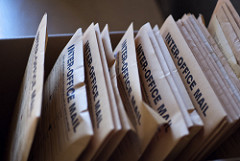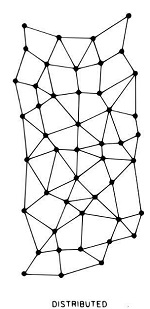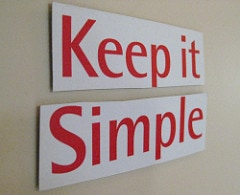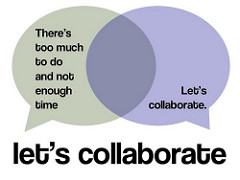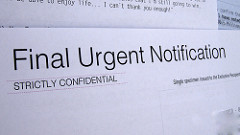Blockchain vs Digital Signatures
To Purge or Not to Purge
I need a little wiggle room to be productive
My PDFs are Dazed and Confused
 One of the core principles that Millennia Group advocates and adheres to is that the official copy of a digital document should be a singular unit. What this means is that the digital version, a PDF in most cases, should contain only one document. What our users encounter, and sometimes want, is a different story.
One of the core principles that Millennia Group advocates and adheres to is that the official copy of a digital document should be a singular unit. What this means is that the digital version, a PDF in most cases, should contain only one document. What our users encounter, and sometimes want, is a different story.
A user may receive a single PDF from an external party that contains many documents. The other situation is where the user receives multiple PDFs that together comprise a single document. In one case the file needs to be split and in the other case, the files need to be merged. Here are some examples of why this principle of a singular unit makes sense when your PDFs are dazed and confused.
Many users will receive a single, giant PDF that contains upwards of 1,000…

